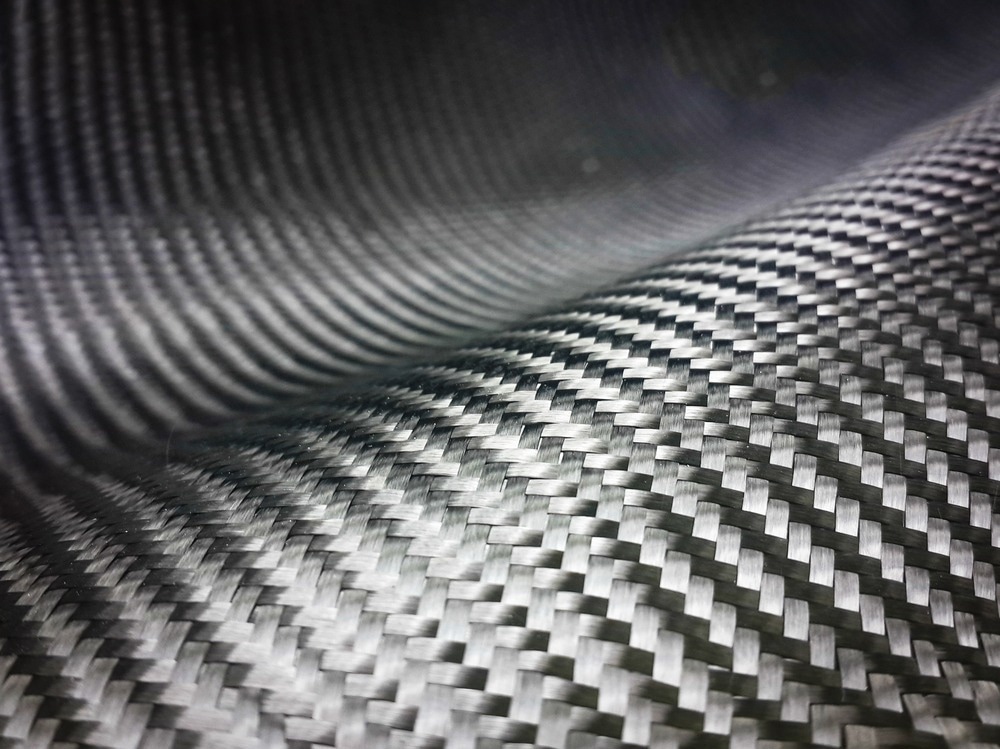Aerogel fibers outperform natural as well as synthetic fibers in terms of thermal insulation.

Study: Nanoscale Kevlar Liquid Crystal Aerogel Fibers. Image Credit: Composite_Carbonman/Shutterstock.com
In a paper published in the journal ACS Nano, nanosized Kevlar liquid crystal (LC) aerogel fibers with varying building block arrangement degrees were created from nanofibers of Kevlar. A sequential approach of LC spinning, dynamic sol-gel process, cryodesiccation, and cold plasma hydrophobilization were followed.
Thermal Insulation Using Aerogel Fibers
Thermal insulation in extreme conditions is critical for human survival. The market for highly effective heat insulation fibers is still rapidly expanding. For thermal insulation, the fibers must be highly porous, with a very low mass density.
Aerogel fibers have been hailed as the future of high-performance thermal protection for humans. These fibers have the advantages of very low densities, super-high porosities, and significant specific areas. Aerogel fibers have exhibited major benefits over synthetic and natural fibers for thermal protection.
Recent Developments
Significant efforts have been undertaken over the past years to produce different aerogel fibers.
Through reaction spinning, silica aerogel fibers with good heat insulation and broad temperature stability have already been created, with tremendous promise for wearable applications.
Aerogel fibers of polyimide, with low heat conductivity and a large operating temperature range, were created using a sol-gel confined transition technique. These aerogel fibers may be used as heat insulation components in harsh conditions, including fire resistance and cold protection.
Several conducting aerogel fibers predicated on metal nanoparticles or graphene sheets have been developed over the years, with applications in electronics, energy management, and joule heating.
Fabrication of Aerogel Fibers
Aerogel fibers differ from monolithic aerogels not only in shape but also in manufacturing techniques.
Aerogels are traditionally manufactured using a sol-gel transition technique and either a cryodesiccation or a supercritical-drying procedure.
The static sol-gel transition procedure for generating aerogel monoliths may be used to produce any aerogel, including metallic aerogels. For producing aerogel fibers, wet-spinning or reaction spinning is often used, culminating in a dynamic sol-gel transition mechanism.
This dynamic technique imposes limitations on the aerogel building block sizes. The molecular-level building blocks are much too small for performing the sol-gel procedure after being spun into the coagulating bath. Still, the micron-sized building blocks are too big to achieve the desired aerogel fibers having a large specific area.
What Did the Researchers Do?
Nanosized structures like nanofibers, nanosheets, and nanoparticles are the only suitable building blocks for producing aerogel fibers. The team designed and manufactured nanosized Kevlar LC aerogel fibers in this study.
The inherent benefits of nanosized Kevlar allowed it to be used as the building block to construct aerogel fibers with well-directed patterns.
The nanosized Kevlar LC was subjected to liquid crystal wet-spinning, dynamic sol-gel transition, cryodesiccation, and cold plasma treatment to create aerogel fibers with arranged and controlled microstructures.
The aerogel fibers of the nanoscale Kevlar LC ensured significant heat insulation. After being soaked in a suitable solvent, the Kevlar LC aerogel fibers with varying degrees of building block arrangements transformed into corresponding gel fibers.
The nanoscale Kevlar LC aerogel fiber showed a dual functionality. These functions included heat insulation as well as information encryption.
Important Findings
Nanoscale Kevlar LC aerogel fibers with adjustable building block arrangement were developed using corresponding LC spinning in a coagulating bath of proton-donor solvent.
The nanoscale Kevlar LC aerogel fibers with variable building block orientations exhibited distinct brightness under polarized light and were created by varying the quantity of Kevlar nanofibers and the draft ratio in the dynamic sol-gel transition procedure.
The associated nanosized Kevlar LC aerogel fibers showed extraordinarily high mechanical strength, excellent heat insulation, and super hydrophobic characteristics.
By absorbing ethyl alcohol and drying at atmospheric pressure, the fabric woven from these nanoscale Kevlar LC aerogel fibers may be exchanged among aerogel-gel cyclically.
Interweaving or embroidery using the produced nanosized Kevlar LC aerogel fibers with varying building block orientations enabled the team to obtain digital fabric containing encrypted data such as bar codes.
The developed fabric demonstrated outstanding information security. The encrypted data could only be decrypted if the digital fabric were immersed in ethyl alcohol and then observed under polarized light.
This study highlighted the potential of nanoscale Kevlar LC aerogel fibers for applications in heat insulation, data encryption, and on-demand decoding.
Reference
Liu, Z., Lyu, J., Ding, Y., Bao, Y., Sheng, Z., Shi, N., & Zhang, X. (2022). Nanoscale Kevlar Liquid Crystal Aerogel Fibers. ACS Nano. Available at: https://pubs.acs.org/doi/10.1021/acsnano.2c06591
Disclaimer: The views expressed here are those of the author expressed in their private capacity and do not necessarily represent the views of AZoM.com Limited T/A AZoNetwork the owner and operator of this website. This disclaimer forms part of the Terms and conditions of use of this website.